Eucalyptus plant is one of the most interesting and most used plants.
In this article, there is everything you need to know about eucalyptus. The magical properties of this plant are very attractive and you won’t believe how interesting it is! Stay with us.
Eucalyptus Tree
The eucalyptus tree is a plant for warm and dry areas. Eucalyptus grows primarily in tree form, but many shrub-like species also exist.
Eucalyptus is one of the most massive and fast-growing Oceania trees that has spread to many parts of the world, and extensive forests have been created in India and Morocco.
This is Australia’s native plant, and on this continent is the main meal of Koala bears.
The plant has more than 500 species. These plants need direct sunlight, and if they are in the shade and do not get enough light, their stems will be hardened. It is not strict about soil and grows on almost every soil.
Uses of Eucalyptus Tree
Eucalyptus is a herbal used to cure some diseases. Early Australian residents – Australian natives – used Eucalyptus leaves to treat injuries and reduce fever.
Lichtenberg Wood Burning eBook
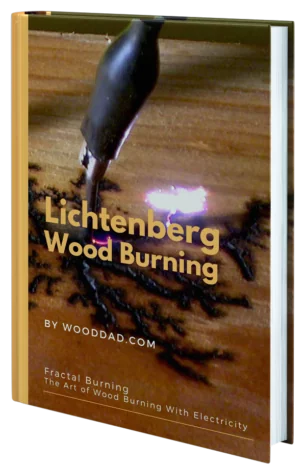
Download Lichtenberg Wood Burning eBook
One of the modern techniques for creating wooden artwork is called Lichtenberg wood Burning. In this eBook, we are going to introduce this newfound art to you.
This technique is known with some different names such as Lichtenberg wood burning, fractal wood burning, and electricity wood art.
This technique should not be confused with wood burning art or pyrography. The art of pyrography on wood is the art of creating motifs and designs by burning with hot metal tools on objects such as wooden surfaces.
Lichtenberg burning is a wood-burning technique for creating designs with electricity.
This eBook is a comprehensive guide on Lichtenberg Wood Burning. All you need to know for Lichtenberg Wood Burning is here.
This is a limited-time offer, order now to get access to the future eBook releases.
They also knew that if they were exposed to dehydration in the desert area, they could bring the roots of Eucalyptus, which was filled with water, from the ground to quench thirst.
The stem and trunk of Eucalyptus are very smooth and crisp and can be used in some cases, such as the manufacture of subtle woodwork.
The Eucalyptus tree, due to its extraordinary growth, can also be used as a fence and cover for buildings.
Its power is high and can withstand dry periods to 8 months.
By increasing the ecological pressure on forests and industries, Eucalyptus wood can be used to improve profitability and productivity.
Advantages of the Eucalyptus Tree
- Fast growth and a lot of exploitation
- Ability to cultivate in poor soil
- Having high ecological pressure resistance
- Suitable for use in marshy soils
- Resistance to salinity
- Resistant to fire so that it again branches and leaves
Eucalyptus Leaves
Eucalyptus leaves are among the most useful components of this tree.
Nearly all eucalyptuses are evergreen, but some tropical species lose their leaves at the end of the dry season.
The leaves of this plant have many medicinal properties. Eucalyptus leaves are covered with oil glands.
The copious oils produced are an important feature of the genus. Although mature eucalyptus trees may be towering and fully leafed, their shade is characteristically patchy because the leaves usually hang downwards.
Propagation Method of Eucalyptus Tree
(a) Propagation through seed
b) Proliferation through seedlings
c) Proliferation of eucalyptus by vegetative organs.
Eucalyptus Pest
Usually, Eucalyptus is not invaded by pests. But in some cases, it has been damaged by Eucalyptus gulls. This insect is small and black and the injuries that it causes are similar to gall disease.
Eucalyptus Wood
In windy areas, Eucalyptus tree may break and the windbreaker must be built. Of course, the wood is very sturdy after the cutting and it also has good elasticity.
Eucalyptus wood density is 0.65 gr / cm3 and is considered as semi-heavy wood.
The durability of Eucalyptus wood is moderate and has moderate hardness.
The minimum period of its exploitation is 7 years.
Eucalyptus is not considered a particularly stable wood due to variations in moisture content.
Growth stress, resulting from compression on the inner part of the tree and tension on the outer part, can cause the timbers to split.
A condition called “brittle heart,” which it shares with other tropical hardwoods, causes microscopic cracks in the heartwood, weakening it.
Therapeutic Uses of Eucalyptus
Herbal Tea of this plant is useful for colds.
For the preparation of a eucalyptus Tea, a teaspoon of eucalyptus crushed leaves per 150 ml of boiling water would be enough.
Leave in the dish and let it brew for 15 minutes. Take 3 to 4 cups (after meals) daily.
Eucalyptus essential oil can be mixed with olive oil and make an ointment. This ointment is very suitable for relieving muscle aches.
Is eucalyptus poisonous?
In general, eucalyptus is toxic to dogs, cats, livestock, and humans.
If the skin or leaf of this plant is eaten, nausea, vomiting, and diarrhea may occur.
According to the University of Cornell’s Veterinary Science Faculty, animals like the Kuala Livestock that eat Eucalyptus Leaves have resistance to toxins.
In addition, although Eucalyptus oil is used as a topical ointment for its therapeutic properties, some people may have allergic reactions when exposed to skin. Children under the age of two should not use any derivatives of this plant, including cough drops.
Adults should consult a health professional before eating tea made from Eucalyptus leaves.
Leaves are toxic if consumed in large amounts. There is no problem using externally for adults.
How To Use Eucalyptus Oil
You can use Eucalyptus oil as a skin ointment.
Try it beforehand. If you are allergic to it, your skin will become red.
You can mix this oil with olive oil. You can also add eucalyptus oil to hot water and use its steam.
What Does Eucalyptus Smell Like
If you have not smelled the Eucalyptus scent, we’ll give you the formula to simulate it.
The smell of Eucalyptus combines the smell of mint and gum pine and rosemary.
Of course, there are different types of eucalyptus that have different odors and smells. The smell of this plant is smeared more from its leaves.

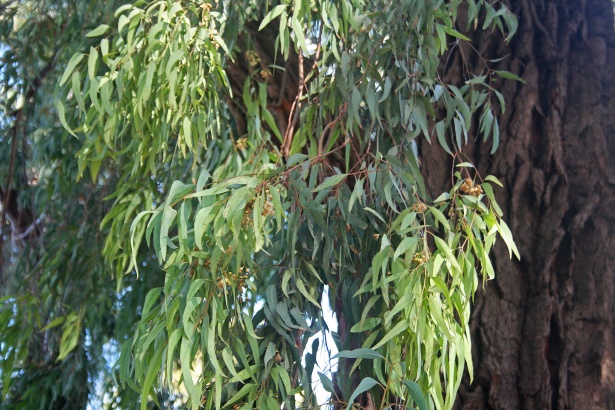
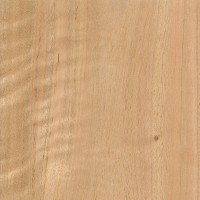
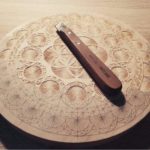
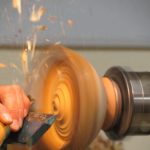


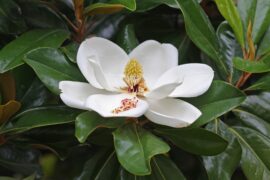
Comments
Pingback: What Does a Walnut Tree Look Like? | Wood Dad
Pingback: Everything About Tree Stump Sprouting - Wood Dad